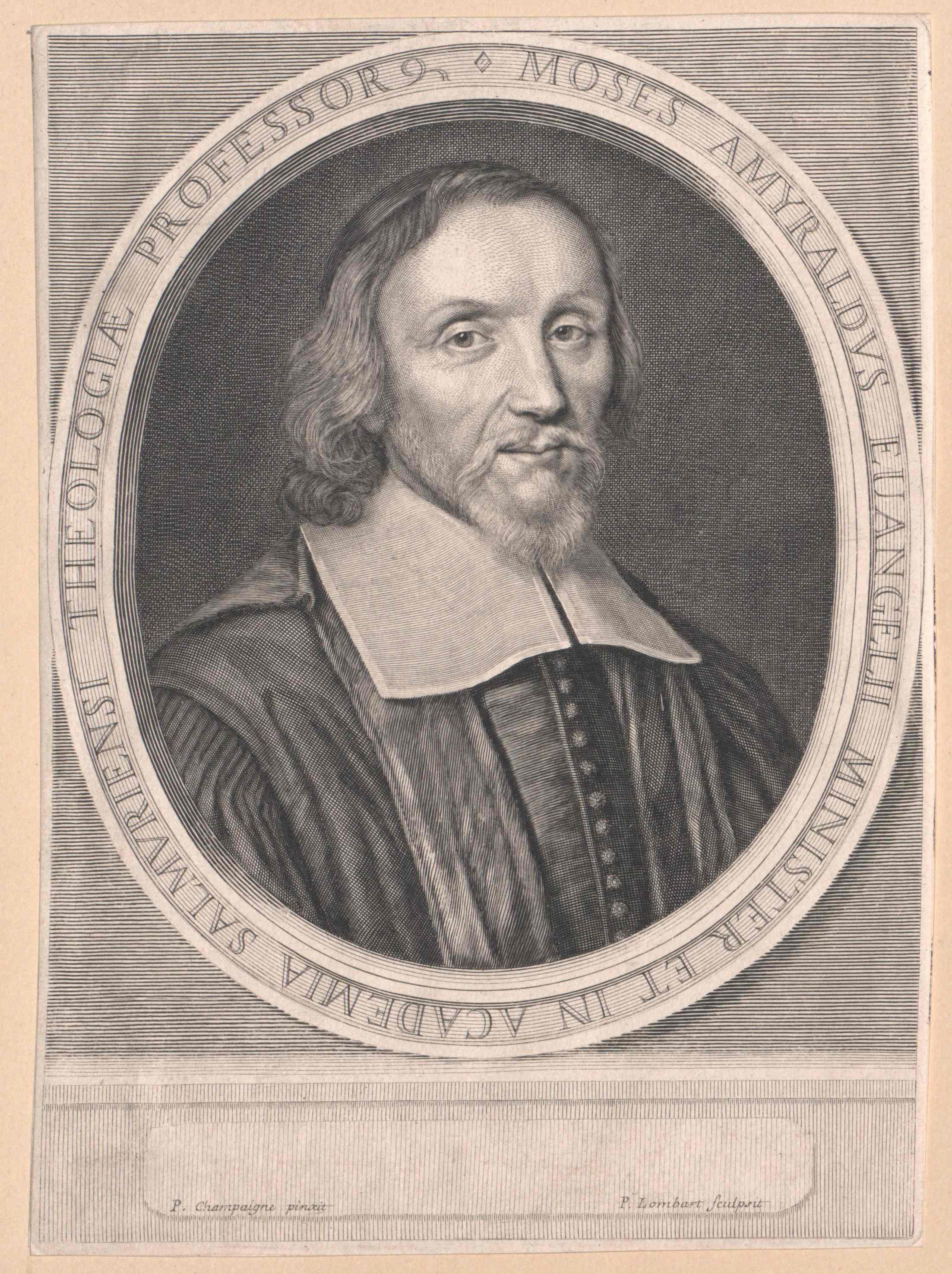Covenant or Federal Theology according to Cocceius, Amyraut, and the Catholic Church

Covenant or Federal Theology became formally articulated in the Calvinistic theological tradition, beginning in the 17th century. This was the era of “Reformed Scholasticism”. Beginning especially with Theodore Beza, Aristotlian methods of theological speculation began to take root in Calvinist circles (whether they were conscious of it or not). As a result, Calvinism in the 1600s began to morph in a number of ways.
17th century Calvinism became increasingly focused on predestination and “eternal decrees” – much more so than John Calvin himself had been. I think it is safe to say that Calvin presented soteriology in a more Christological way than his later followers. Later Calvinism pushed the locus of salvation out of history and into the Godhead. This also led to a fully articulated doctrine of limited atonement (i.e. that Christ’s atoning death was only accomplished for the elect and not all mankind). This “decretal” perspective also diminished the role of the sacraments in the Calvinistic tradition. Unconcerned with questions about predestination, Lutheranism was disinterested or hostile to growing influence of covenantal theology in continential Calvinism. By the 17th century, covenant or federal theology was being called the “marrow of theology” by Reformed theologians.
The Federal Theology of Cocceius
The focus on salvation arising from eternal decrees and not from redemptive history led to the development of a late medieval notion of the pactum. Dutch Calvinist theologian John Cocceius taught that God the Father and God the Son entered into a eternal pactum by which Christ agreed to be testator of an eternal testamentum. History is thus divided into two covenantal eras: the covenant of works (foedus operum) and the covenant of grace (foedus gratiae). The covenant of works is the time before the Fall of Adam. The covenant of grace is the era of redemption in which the eternal pactum is anticipated by the Old Testament and executed in history by Christ.
The Federal Theology of Amyraut
Moses Amyraut (father of Amyraldianism or what is called “four point Calvinism”) was also a Dutch Calvinist of the 17th century. He put forth a competing covenant theology that was also triplex. However, Amyraut put forth three historical covenants corresponding to redemptive history. This model is historical, less esoteric, and more Catholic. He posited the foedus naturale (from Adam to Moses), the foedus legale (from Moses to Christ), and the foedus gratiae (from Christ forward). Anyone familiar with Thomas Aquinas’ treatment of the law will notice that this basically follows the triplex model of Thomas: Natural Law, Old Law, New Law.
It was however the model of Cocceius that won the day. The covenant theology of Cocceius was enshrined in the Westminster Confession of Faith as the Covenant of Redemption (pactum salutis), the Covenant of Works (foedus operum), and the Covenant of Grace (foedus gratiae).
What Does This Mean for Catholic Theology?
Nothing really. However, we can see in these models a failure to appreciate the ecclesial and familial language of Sacred Scripture. Covenantal theology of 17th century Calvinism is heavily contractual. Calvinists rightly gravitated toward the biblical model of the covenant but they filled it with their forensic presuppositions of extrinsic righteousness and legal, courtroom imagery. The Catholic Church, while not possessing an advanced “covenant theology”, has maintained the substance of what a covenant is – a unitive bond that creates a real ontological or familial union between God and man and man and man.
Dive Deeper

GET CONFIDENT IN YOUR FAITH
Explore the fascinating world of Catholic teachings with Dr. Marshall. Together you’ll unpack the brilliant answers the Church gives to tough questions about the Faith. The best part: you go at your own pace. Start this exciting journey today.
